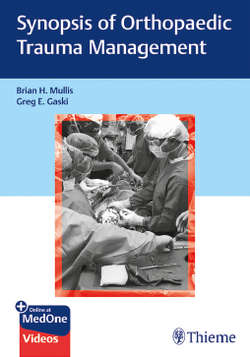Читать книгу Synopsis of Orthopaedic Trauma Management - Brian H. Mullis - Страница 90
III. Indications and Timing
ОглавлениеA. A sound understanding of baseline performance status, medical comorbidities, and current disease state is vital in the multidisciplinary approach to patients with impending or completed pathologic fractures.
B. An active discussion with the medical oncology team is important in understanding immunosuppression, cytotoxic medications, and determining the most optimal time to surgery.
C. Involving palliative care or hospice services can be helpful in the decision-making and guiding expectations on operative risks and life expectancy, as many procedures are performed for pain palliation.
D. Decision to proceed with surgery should be a shared discussion with the patient, family or care givers, and the treating teams.
E. Several scoring systems have been used in attempt to predict fracture risk. The Mirels score is a widely used system factoring location, pain, type of lesion, and size. A score of 8 or higher often warrants prophylactic fixation (▶Table 11.2).
F. In general, lytic lesions of the peritrochanteric or diaphyseal region of the femur that are associated with functional weight-bearing pain and are greater than half the diameter of the bone, are at highest risk for fracture (▶Fig. 11.2).
G. Lytic lesions appear “dark” or radiolucent on radiographs as bone is destroyed/lost from the underlying destructive process. In contrast, blastic lesions appear “light,” sclerotic, or radiopaque. Lytic lesions impart a higher risk for pathologic fracture as compared to blastic lesions as the flexural rigidity of the bone is lowered.
H. A multidisciplinary approach with the radiation and medical oncology teams is instrumental in management as radiation and bisphosphonate therapies play an important role in management.
Fig. 11.2 Anteroposterior radiograph demonstrating a mid-diaphyseal aggre ssive, lytic, destructive lesion of the femur with periosteal reaction, cortical thinning, and associated soft-tissue mass (arrows) concerning for impending pathologic fracture. (Radiograph courtesy of Drew D. Moore, MD).
